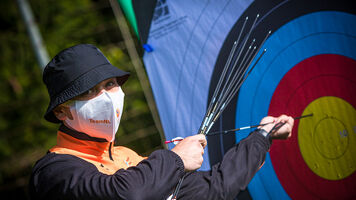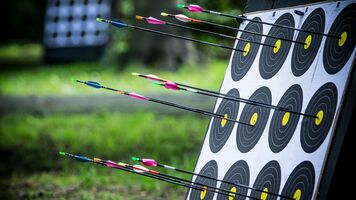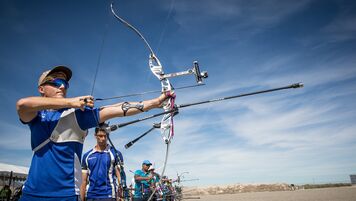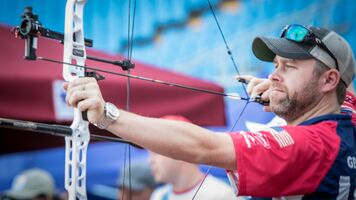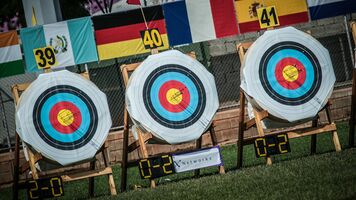Beginners’ guide to anti-doping in archery
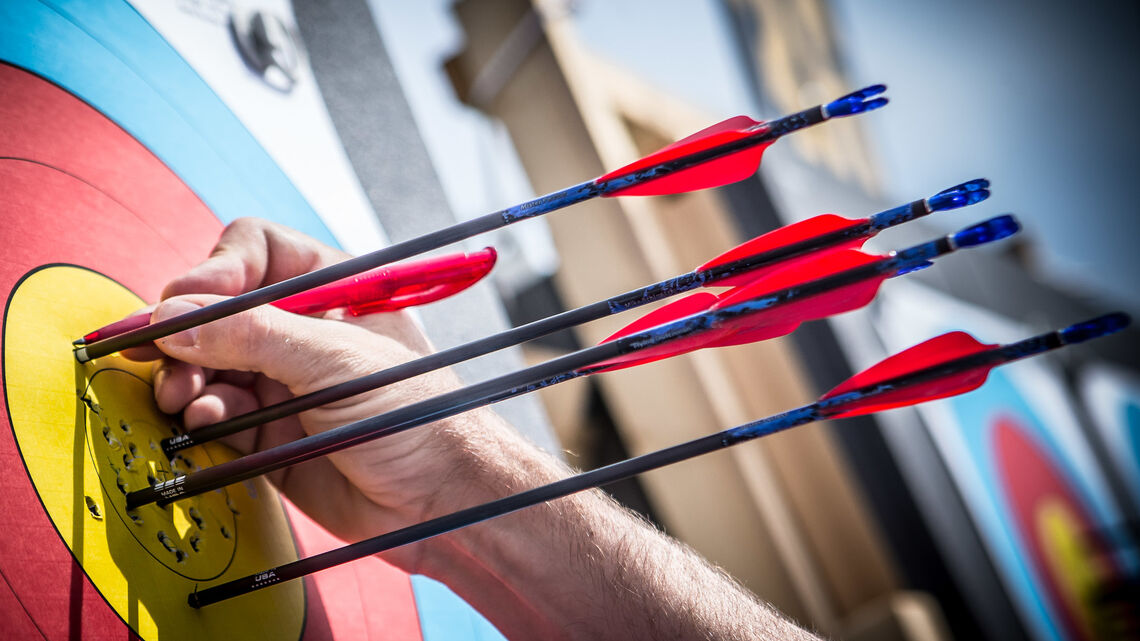
Sport is driven by the pursuit of excellence. Getting good at archery requires hard work and practice.
Shortcuts to performance aren’t acceptable and the use of drugs or performance-enhancing substances has long been considered unethical.
Doping violates the principles of fair play. Doping stops a competition being decided on the field of play without external inference.
Archery is not a sport that has a large problem with doping but World Archery is active in the fight against using performance-enhancing substances because it is imperative that the sport remains clean.
Banned substances
Every year, the World Anti-Doping Agency publishes a list of banned substances. An athlete found with any of these substances in their body is deemed to have violated anti-doping rules.
The list is broken up into three sections, a group of substances banned at all times, a group of substances banned during competition and a group of substances only banned for specific sports.
They include a huge range of substances, from synthetic substances designed for sports to widely illegal drugs.
Since alcohol was removed from the list, World Archery has still considered it a banned substance in competition.
Why take drugs?
High-profile doping cases in other sports have often revolved around steroids or similar substances, used by athletes to try and gain an advantage in strength, speed or endurance.
While archery requires physical skill, it is attained through training. Any substance that enhances these attributes is unlikely to give much benefit to an archer.
Instead, the substances more relevant to archery are those that slow a heart rate, aid in high-pressure situations and help someone deal with the stress of competition.
It’s all still banned, though.
Chosen for a test
World Archery tests for banned substances at all of its events. The Vegas Shoot recently introduced drug testing for its championship divisions and more organisations are following suit.
If you’re chosen for testing, an official will notify you immediately and as soon as your competition obligations are complete (like interviews and award ceremonies), you’ll be taken to an area to perform the test. The official won‘t let you out of their sight until you arrive at the anti-doping zone.
You’ll then be required to pee into a purpose-built anti-doping kit to provide two samples.
It can take a while but the anti-doping people will wait, and usually provide water if needed to speed the process up, until you‘ve provided enough urine for sending off for testing. Once done, you’ll be sent on your way.
If you refuse to provide a test, it will be treated as a doping rule violation.
World Archery also identifies a pool of the world’s best archers to be tested out-of-competition – at any random time – but those athletes know who they are. The same happens at the national level.
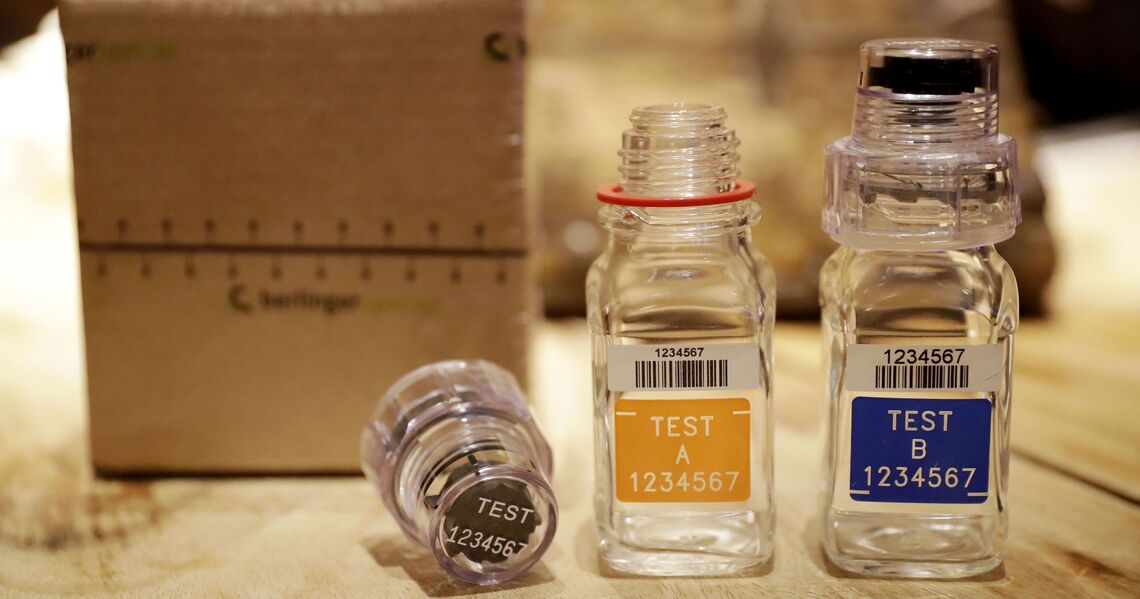
Taking care
Suffering from a headache? Need to take something for hayfever? Just check what’s in the pills on offer against the banned substance list before you choose which brand to buy.
Any medication you do buy should be from a trusted supplier. Purchasing this kind of thing from unknown vendors on the internet is an easy way to end up in trouble.
Take a note of any medication you take, the dosage and the dates in a diary. It’s likely you‘ll never need the information, but cross-contamination of medication has happened in the past and keeping a record helps protect you against any problems that might arise.
Prescription medication
Health conditions should not prevent people from participating in sport and anti-doping rules are not designed to punish people who require such substances or medication for legitimate reasons.
It is often possible to obtain therapeutic use exemption certificates in this case. Or, if the substance isn’t eligible for an exemption, an alternative can often be suggested.
The first step is to check, regularly, whether substances in the medication appear on the banned list.
Archers who have represented or will represent their national team should then contact the International Testing Agency to enquire about therapeutic use exemptions.
Archery who have not represented their national team should then contact their national federation or national anti-doping agency to enquire about therapeutic use exemptions.
Testing procedure
If you’ve provided urine for a test, it’s been analysed and the laboratory has found nothing wrong, you won’t hear anything. The whole process can take several months.
No news is good news.
When something is found in the test sample, it’s called an “adverse analytical finding” and the organisation that ordered the tests will be notified. That organisation, in turn, would then notify you.
This would then begin a process of assessing the finding, possibly checking the second sample, and deciding whether the adverse analytical finding amounts to a violation of a doping rule.
If it is, there’ll likely be a ban issued.
Usually bans are for one to four years and can be backdated to change the result of a tournament, meaning the loss of medals and prize money. In severe cases individuals have been sanctioned from participating in certain sports for life.
Ignorance is not an excuse in anti-doping. It is the responsibility of every person what is present in their own body. However, the process is not designed to punish people without due cause, but identify doping cheats and ensure that the competition field is level.
The ultimate legal route for contesting a doping ban is the Court for Arbitration in Sport in Switzerland.
What to remember
The fight against doping works to ensure a level playing field for competition archery.
It stops one archer having an unfair advantage over another and lets shooters decide the result of a tournament under equal conditions on the field of play. It ultimately lets talent, skill and practice shine through, rather than providing cheats an easy route to better performance.
- Remember that it’s your responsibility to ensure you don’t fall foul of anti-doping rules and each athlete is responsbile for everything that enters their own body. Ignorance is not an excuse.
- Check medication against the banned list. Investigate a therapeutic use exemption if it’s necessary.
- Comply with testing procedures and help archery remain a clean sport.
Read more about anti-doping from the World Anti-Doping Agency and the International Testing Agency.

